
SpeedSF Blog
Every Build Has a Story – Meet the Cars of SpeedSF
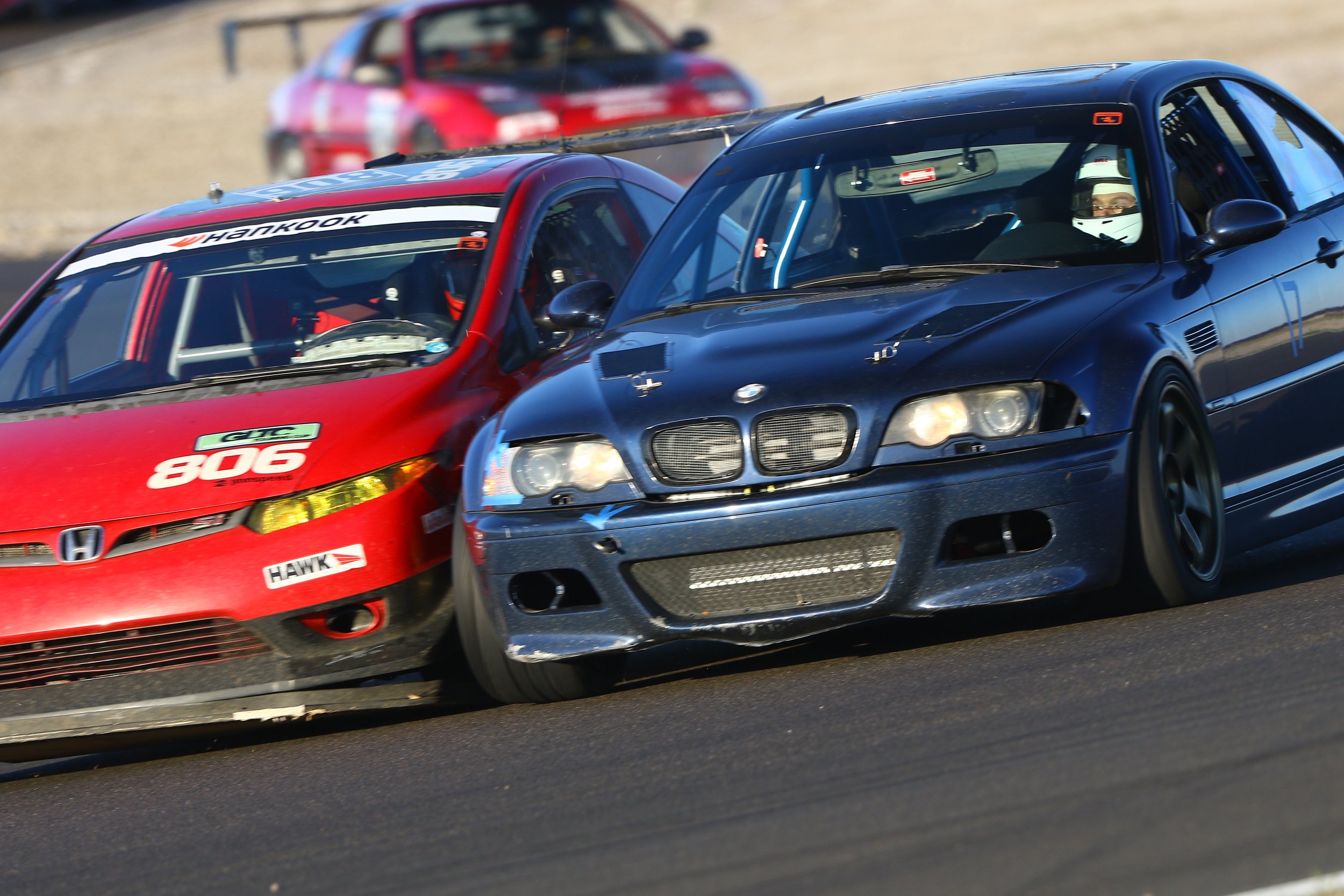

Sergey’s E46 M3: Stay Frugal and Avoid Rabbit Holes
After finding a Miata with the basic HPDE mods, Sergey Smirnov committed to improving his skills and avoided fussing around with upgrades. When it came time to get a new car, he followed the same approach with great results.
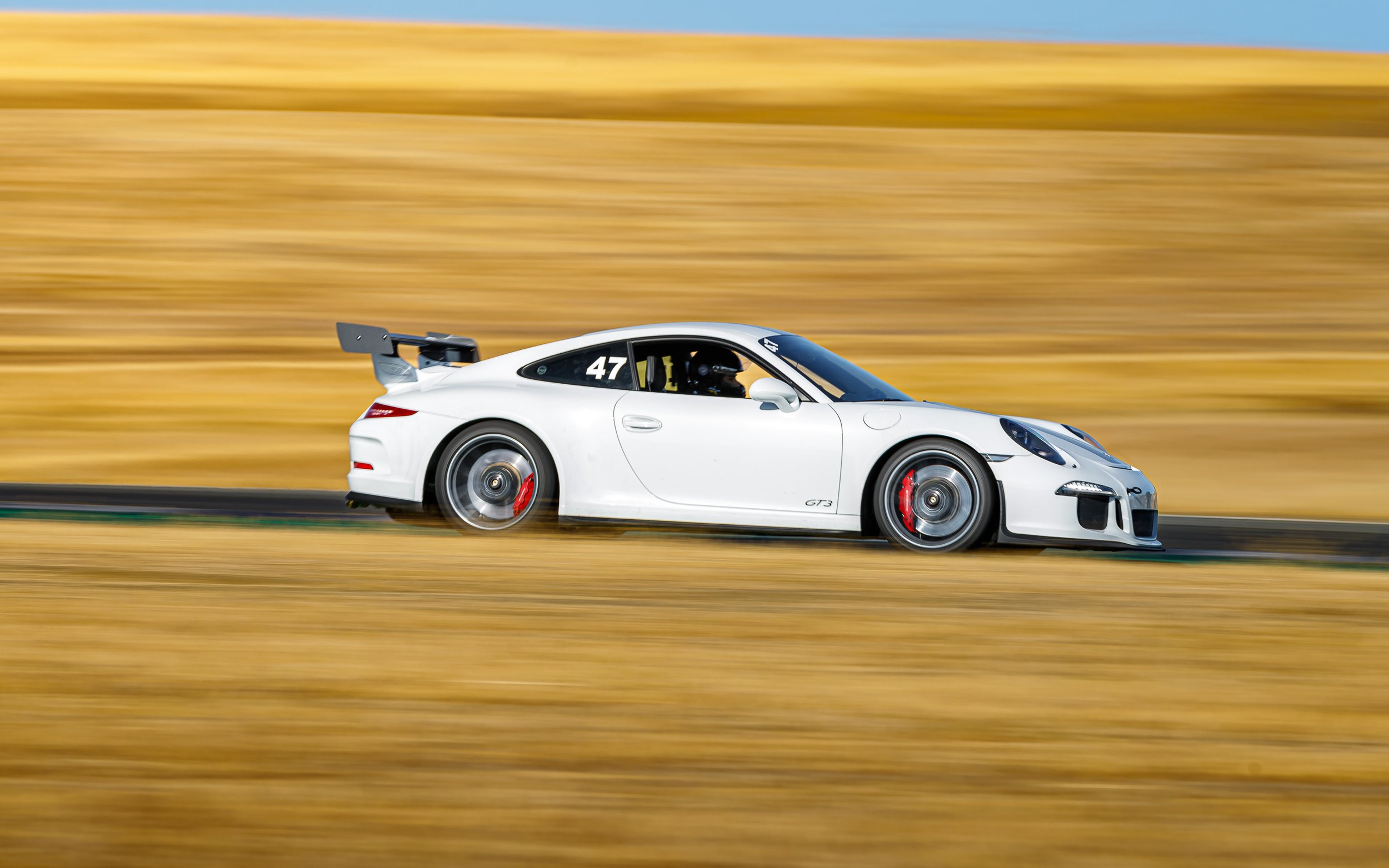
Spencer’s GT3: Scoping New Territory
Eager to track a Porsche but worried about the expense, Spencer Kimball had to consider if it was worth leaving his E92 M3 behind for a lightly used 991.1 GT3. As he learned, the process wasn’t nearly as painful as he worried it’d be.

Connor’s E36: Standing on Solid Ground
After transitioning into HPDE from autocross, Connor Lydon recognized how taking the next step into time trials would be made easier by starting with a sorted car.
This IP-winning E36 M3 came to Connor already proven, and with a little massaging as well as a few chassis mods, it’s been able to set remarkable times with a modest amount of power.

CSG Brake Pads: Details Make the Difference
Thanks to a detailed feedback loop between CounterSpace Garage and their wide array of active customers, they've been able to provide a usable, confidence-inspiring brake pad for every popular HPDE platform today.
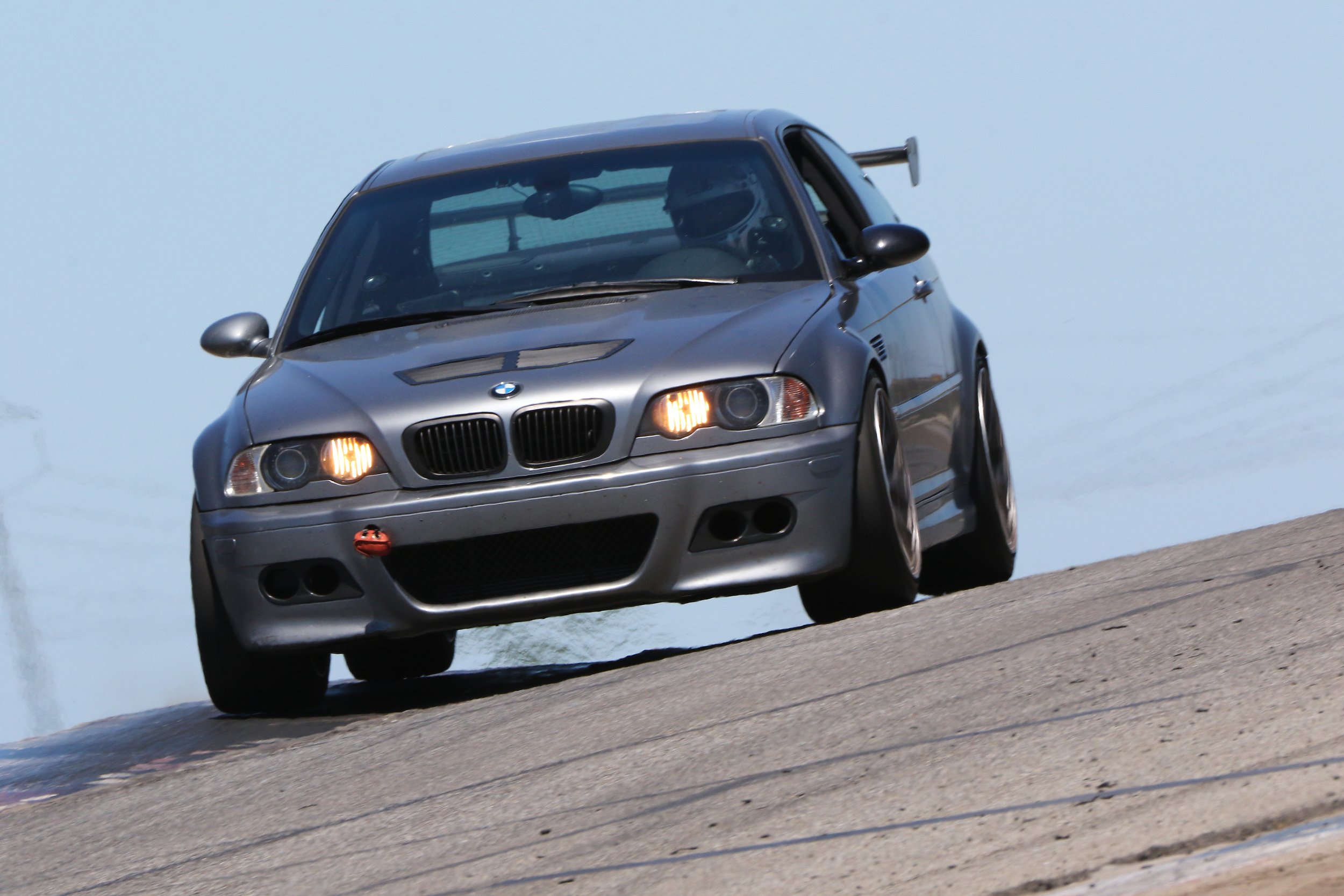
Joe’s M3: Proving His Potential
Joe McGuigan was committed to paving his own path and suffering the setbacks which come with developing unloved cars, but eventually he had to capitulate and try one of the best developed cars around.
He hasn’t regretted joining the E46 tribe.
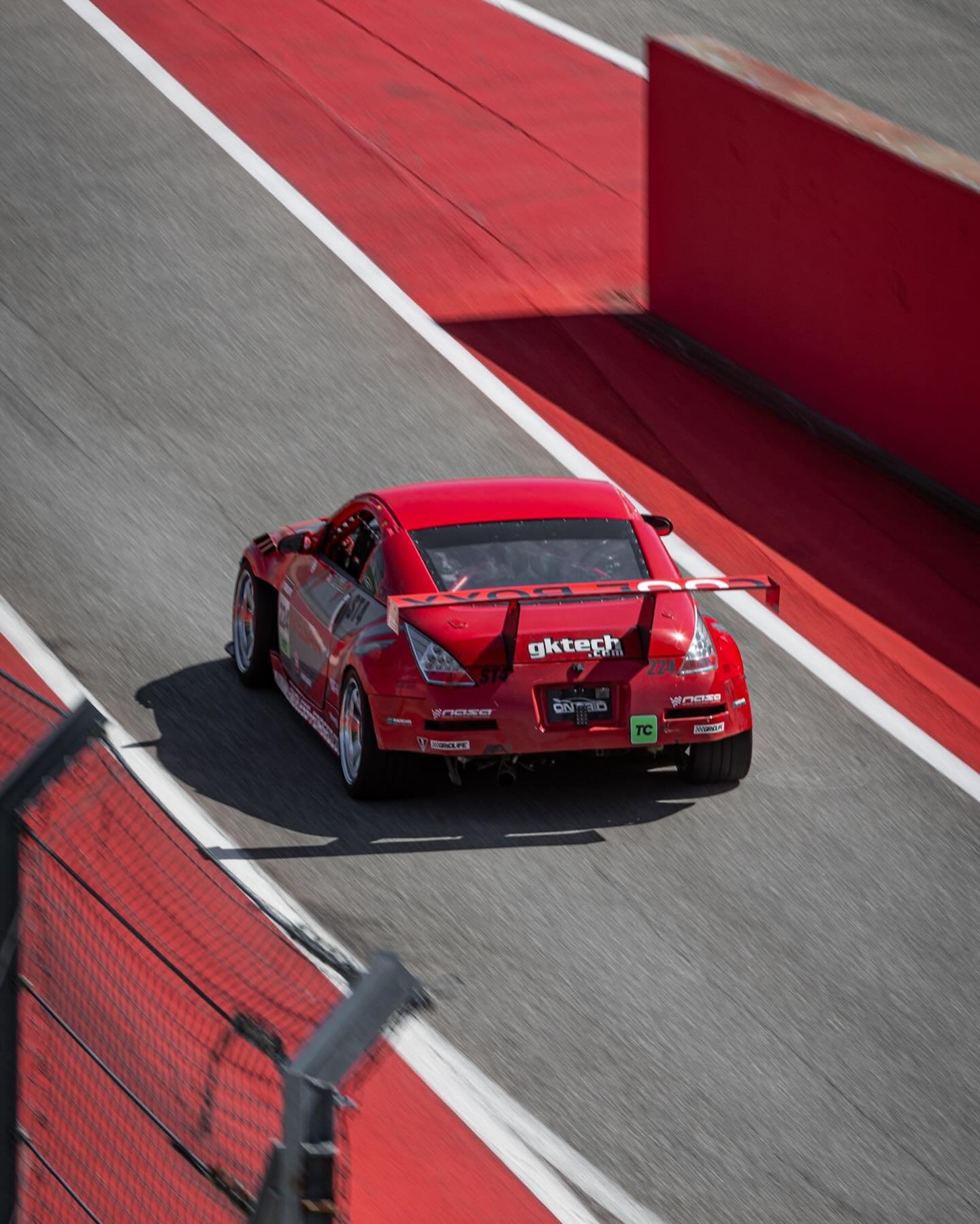
Michael’s 350Z: Take A Chance, Prove a Point
Looking for an affordable drift car, Michael “Stubz” Hillo grabbed a 350Z and started driving sideways. After some time, he recognized the car had potential as a track car -- as long as he could accept a few shortcomings.
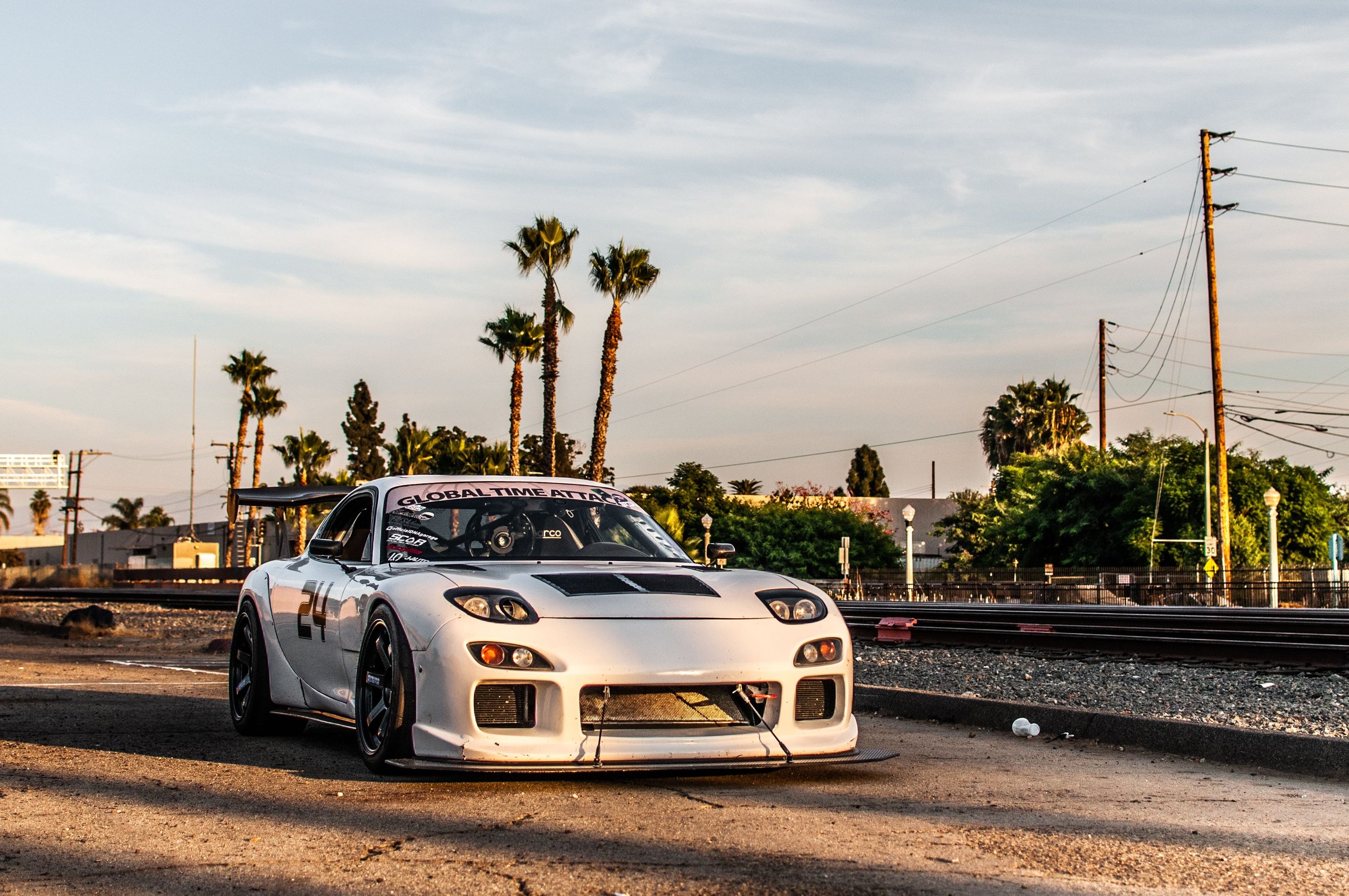
Johnson's RX-7: Refreshingly Reliable
After taking on the daunting task of road racing a turbo RX-7, Johnson dealt with the teething pains of a force-fed rotary, but his dedication to the platform has taught him what needs to be done to keep the particular powerplant happy.

Buttonwillow: Where to Eat, Where to Stay, What to Avoid
Driving Buttonwillow is an experience that shouldn’t be missed, but it requires you prepare for the heat, pick a decent hotel, and endure the long drive.

Shan's S2000: Hitting the Books
After Shan spent his college years as a test driver for his Formula FSAE team, he started tracking an E92. The heavyweight M3 didn’t give him much joy, so, eager to get back into a pointy car, he picked up an AP2. With his engineering expertise, he’s been able to get the most from a modest assortment of modifications and turn this into a capable, dependable track scalpel.
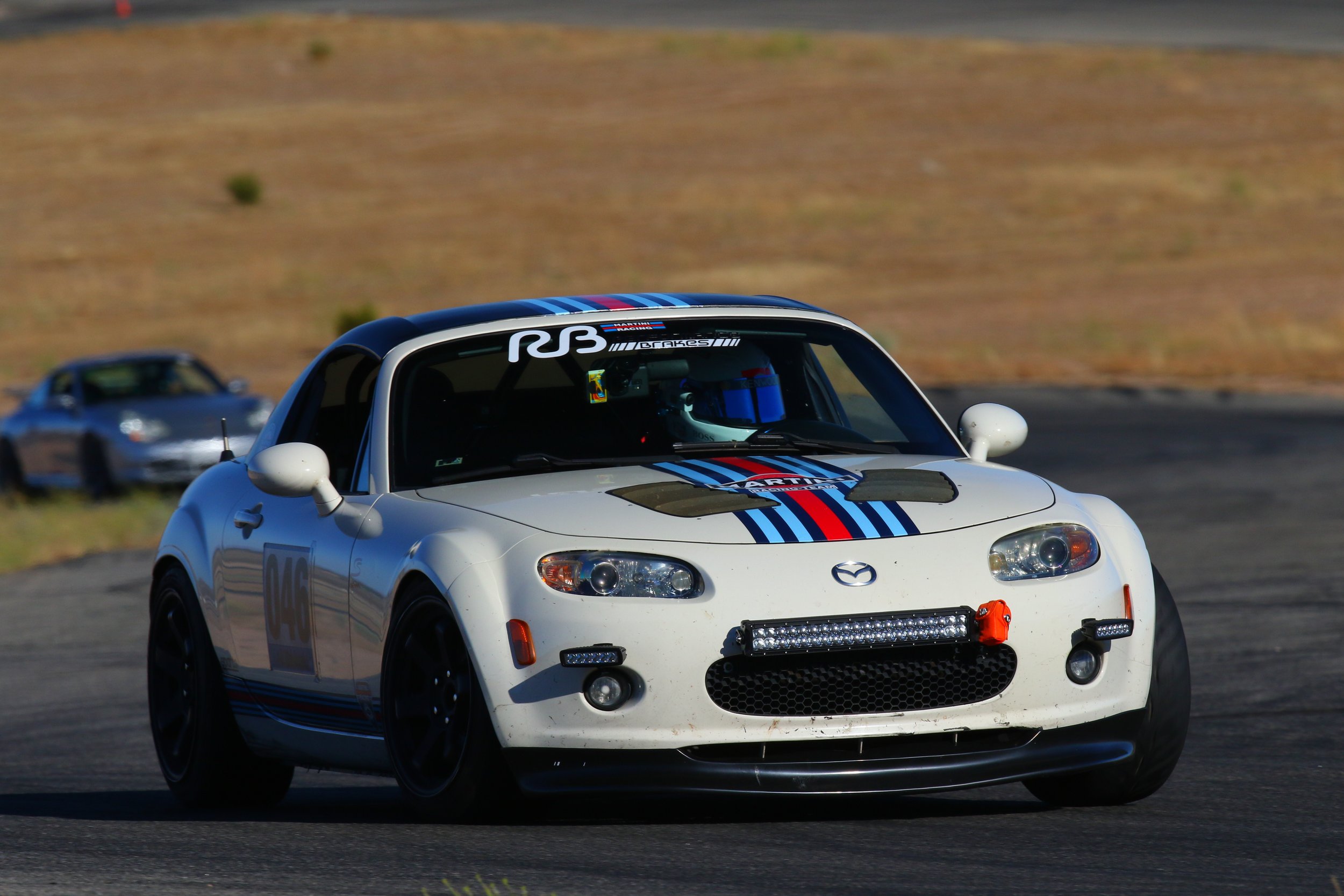
Andy's NC Miata: How To Make 300 Horsepower In 3 Not-So-Easy Steps
Intent on keeping costs low, Andy Boskovic started tinkering on a third-gen Mazda Miata. The need for more power was clear from the start, so he first tried to swap in a 2.5-liter engine from a Ford Fusion.
Then he turbocharged it.
